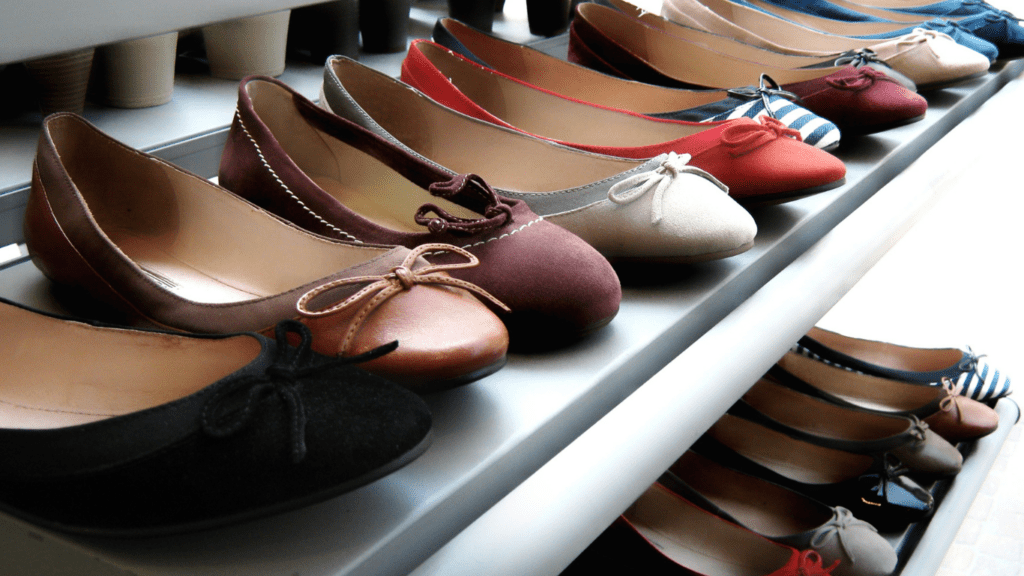A Brief History of Gucci
Gucci’s journey from a small leather goods shop to a global high-fashion powerhouse offers a glimpse into its enduring legacy. Let’s explore its origins and key milestones that shaped its evolution.
Origins and Founding
Guccio Gucci founded Gucci in 1921 in Florence, Italy. Initially, the brand focused on high-quality leather goods, inspired by Guccio’s experiences working in luxury hotels in Paris and London. The craftsmanship reflected traditional Tuscan techniques, establishing Gucci’s reputation for superior quality.
- 1947 Bamboo Bag: Introduced during post-war material shortages, the Bamboo Bag became an instant icon, representing innovation under constraints.
- 1953 Expansion: After Guccio’s death, his sons expanded the brand internationally, starting with New York. This move cemented Gucci’s status in luxury fashion.
- 1970s Flora Print: Inspired by Princess Grace Kelly, the Flora scarf print became synonymous with Gucci’s imaginative designs.
- 1990s Creative Revival: Tom Ford’s appointment as Creative Director redefined Gucci’s image with bold, provocative designs.
- 2015 Alessandro Michele: Michele’s artistic vision brought a whimsical, eclectic approach, rejuvenating the brand and appealing to new generations.
Gucci’s ability to evolve while staying true to its heritage underscores its unmatched influence in the world of high-fashion luxury.
Signature Styles and Collections

Gucci’s distinct designs have made a significant impact on the high-fashion world. The brand’s ability to combine timeless elegance and contemporary flair sets it apart.
Iconic Pieces
Gucci’s Bamboo Bag, introduced in 1947, exemplifies the brand’s creativity and craftsmanship. The Flora Print scarf, created in the 1960s for Princess Grace Kelly, remains a symbol of luxury. The Double G Belt, with its recognizable logo, showcases the brand’s ability to create statement accessories. The Horsebit Loafers, first introduced in 1953, are another signature piece that has become a staple in many wardrobes.
Seasonal Collections
Each season brings fresh inspiration to Gucci’s collections. The Spring/Summer 2023 collection, for instance, features bold prints and vibrant colors inspired by nature. The Fall/Winter 2022 collection focused on layering and textures, showcasing innovative materials and intricate embroidery. Alessandro Michele’s thematic approach brings cohesion and storytelling to each collection, ensuring every piece is part of a larger narrative.
The Influence of Creative Directors
Gucci’s success and evolution are significantly shaped by its creative directors. Their visionary designs and innovative strategies have left an indelible mark on the brand’s identity.
Tom Ford’s Impact
Tom Ford revitalized Gucci in the 1990s. His provocative designs and glamorous aesthetic transformed the brand. Sales increased by 90% within his first year. He introduced iconic pieces like the velvet hip-huggers and satin shirts. Ford’s collections brought a sense of modernity and sex appeal, appealing to a younger demographic. His campaigns, featuring sleek and sensual imagery, redefined luxury marketing. Under Ford’s tenure, Gucci experienced unprecedented growth and solidified its place in contemporary fashion.
Alessandro Michele’s Vision
Alessandro Michele began his tenure in 2015. His eclectic and maximalist designs brought a fresh perspective to Gucci. Michele’s collections are known for their rich storytelling, combining historical elements with a modern twist. Signature pieces include embroidered animal motifs and oversized spectacles. His approach to fashion is inclusive, embracing gender fluidity and diversity. Michele’s influence also extends to retail, with concept stores that reflect his artistic vision. Thanks to Michele, Gucci has maintained its status as a cultural phenomenon, appealing to a wide and varied audience.
Gucci’s Cultural Impact
Gucci has shaped global fashion, influencing trends and pop culture. Its presence permeates various facets of society.
Celebrity Endorsements
Celebrities have historically showcased Gucci’s designs. Stars like Beyoncé and Harry Styles frequently wear Gucci, boosting its visibility. Beyoncé wore a custom Gucci gown at the Met Gala, further cementing the brand’s luxury status.
Popularity in Media and Pop Culture
Gucci’s brand thrives in media and pop culture. The film “House of Gucci,” starring Lady Gaga, highlights the brand’s compelling story and aesthetic. Songs like Lil Pump’s “Gucci Gang” and mentions in shows like “Gossip Girl” affirm its mainstream appeal, ensuring Gucci remains relevant to a wide audience.
Sustainable Fashion Initiatives
Gucci has made significant strides in sustainable fashion. By adopting innovative practices, the brand aims to reduce its environmental impact.
Eco-Friendly Practices
Gucci’s eco-friendly practices reflect its commitment to sustainability. The brand uses recycled materials (e.g., Econyl, recycled plastics) in its products. In 2018, Gucci became a part of the Fashion Pact, an initiative focused on combating climate change, restoring biodiversity, and protecting oceans. Gucci also launched an offshoot line, Gucci Off The Grid, constructed with sustainable materials to promote environmental consciousness.
Future Commitments
Gucci’s future commitments target long-term sustainability goals. By 2025, the brand plans to reduce greenhouse gas emissions by 50% across its supply chain, aligning with the Paris Agreement. The company also aims for complete carbon neutrality by eliminating emissions and investing in reforestation and other offset projects. Gucci’s vision includes creating a fully circular economy, ensuring that all products are designed and produced sustainably.
Gucci’s Global Reach
Gucci’s global presence solidifies its status as a high-fashion luxury brand, reaching consumers across continents. This worldwide reach brings luxury to diverse markets.
Expansion into New Markets
Gucci has strategically expanded into emerging markets, leveraging retail and digital channels. In China, India, and Brazil, the brand has established a significant presence. According to Bain & Company, China’s luxury market grew by 48% in 2021, presenting a prime opportunity for Gucci. By localizing marketing efforts and collaborating with regional influencers, the company has tailored its strategies to resonate with local consumers.
Flagship Stores Worldwide
Gucci’s flagship stores represent opulence and brand identity, located in major cities globally. Notable flagship stores include the one on Via Montenapoleone in Milan, the Ginza district in Tokyo, and Fifth Avenue in New York. These stores offer an immersive shopping experience with exclusive collections and bespoke services. The PARQ building in Tokyo’s Shibuya district opened a seven-story flagship, further embedding Gucci into the urban luxury landscape. Each flagship store’s design reflects the brand’s Italian heritage while embracing contemporary elements, creating a unique and luxurious atmosphere for shoppers.

 Beauty Product & Fashion Brand Reviewer
Elizabethie Vallestiera is Glam World Walk's go-to expert for in-depth beauty product reviews and luxury brand spotlights. With a meticulous approach to analyzing the latest beauty innovations, she ensures that readers are always informed about the best products on the market. Elizabethie’s passion for uncovering the stories behind iconic fashion brands makes her articles not only informative but also captivating, offering a blend of style, substance, and glamour that readers crave.
Beauty Product & Fashion Brand Reviewer
Elizabethie Vallestiera is Glam World Walk's go-to expert for in-depth beauty product reviews and luxury brand spotlights. With a meticulous approach to analyzing the latest beauty innovations, she ensures that readers are always informed about the best products on the market. Elizabethie’s passion for uncovering the stories behind iconic fashion brands makes her articles not only informative but also captivating, offering a blend of style, substance, and glamour that readers crave.